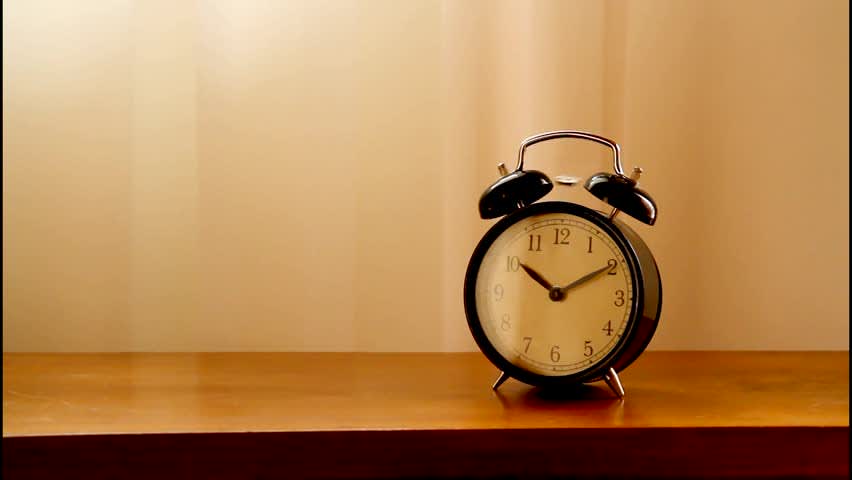After a long summer of bright sunshiny days, the cool morning of fall reminds us all of shorter days and longer nights. As October comes to an end it brings with it the unavoidable end of daylight savings. We “spring forward” in March and “fall back” in November every year to balance out longer days and shorter nights. Although November may be much more anticipated with the “extra hour” of sleep we get at night, don’t let the clock fool you. It’s important to be extra vigilant and careful the day after the clocks go back to help keep you and others safe.
Why Did Daylight Savings Start?
Contrary to popular belief daylight savings did not start because of farmers. The idea came from the need to save energy and give people more time during daylight hours to maximize on the light from the sun. In fact, the first person to come up with the concept of changing the clocks to save money was Benjamin Franklin. The difference is that his idea happened in the 1700s when he was thinking about saving as many candles as possible.
Daylight savings wasn’t actually introduced into practice until 1916. The first country to adopt it was Germany during the War. Russia and the US joined shortly after in 1918. More countries adopted it once again during WWII. Today, about 70 countries around the world still practice daylight savings.
Arguments For and Against Daylight Savings
The main argument for daylight saving time today is the extra-long days we have in the summer. This provides people with more leisure time in the sun after work. Production and productivity are directly linked to the effects of the sun so there may be something to this argument. Plus there is the energy cost savings – the main reason daylight savings was introduced in the first place.
However, a study in the USA found that barely any real energy costs were saved because of daylight saving switches. There is also speculation about the tradeoff between days with more sunlight and the lasting impact of changing sleep schedules. With little to no proof that daylight savings actually saves money and more knowledge about the impact that the change has on sleep quality, more people are arguing to get rid of daylight savings altogether.
Whether or not you agree with daylight savings, it still happens. So this fall, on Sunday November 1, 2020, the clocks will fall back one hour.
Dangers Associated to Daylight Savings
More people look forward to gaining an hour in the fall than they do losing an hour in the spring. Statistically, there are more dangers associated in construction to the loss of sleep in the spring. Workplace accidents increase 5.7% the Monday after the clocks change. 68% more workdays are lost due to injury after the change, too, because the injuries are often more severe.
Many studies about the health risks of daylight savings focus on the springtime hour that is lost. Although an hour is gained in the fall, there are still risks associated with the time change and some easy things you can do to stay safe and healthy.
Fall Forward: Reversing Daylight Savings in November
The biggest danger associated with the “fall forward” time change is the loss of sunlight earlier on than we’re used to. Operating machinery or driving home from work in the dark can be an adjustment. An hour can make a big difference.
Losing Sunlight & Sleep Cycles
Since sunlight directly impacts our sleep cycles, commuting in the dark can lead to drowsier drivers. It’s important to take this change into consideration when driving to and from work or when operating equipment on site for the first few days. Prepare to go to bed earlier and to feel more tired at the end of the day.
Remain Vigilant: Keep Eyes Peeled for Pedestrians
Pedestrians are 3X more likely to be hit by a vehicle the first week after the “fall back” time change. This is because of the darker commute home and sleepier drivers. Keep your eyes peeled for pedestrians when driving.
This is also an important reminder to always wear reflective clothing on construction sites and to use proper back-up signals. Operating machinery in the dark can be dangerous so be extra cautious as your body adjusts to the change in daylight.
A Sign of Winter
The end of daylight savings in another indication of the end of summer. Winter is coming. Use this time of year as a reminder to check those do-to items off your list. This includes:
- Changing the batteries in your fire detectors and CO2 monitors
- Check fire extinguishers and see which ones need to be serviced
- Prepare your winter emergency kit for your vehicle
If you haven’t started preparing yourself, your vehicle or your construction project for winter, this is a great reminder to do so.
The End of Daylight Savings: Practice Awareness
The biggest tip for staying safe at the end of daylight savings is to simply practice extra awareness. This is true both at work, at home and on your commute. A study from 2014 found that the average commute time for construction workers was one of the longest in any industry, taking over 33 minutes of drive time each way every day. Be aware of yourself and other drivers around you as days and nights get darker.
Get some extra sleep and drive safely.

